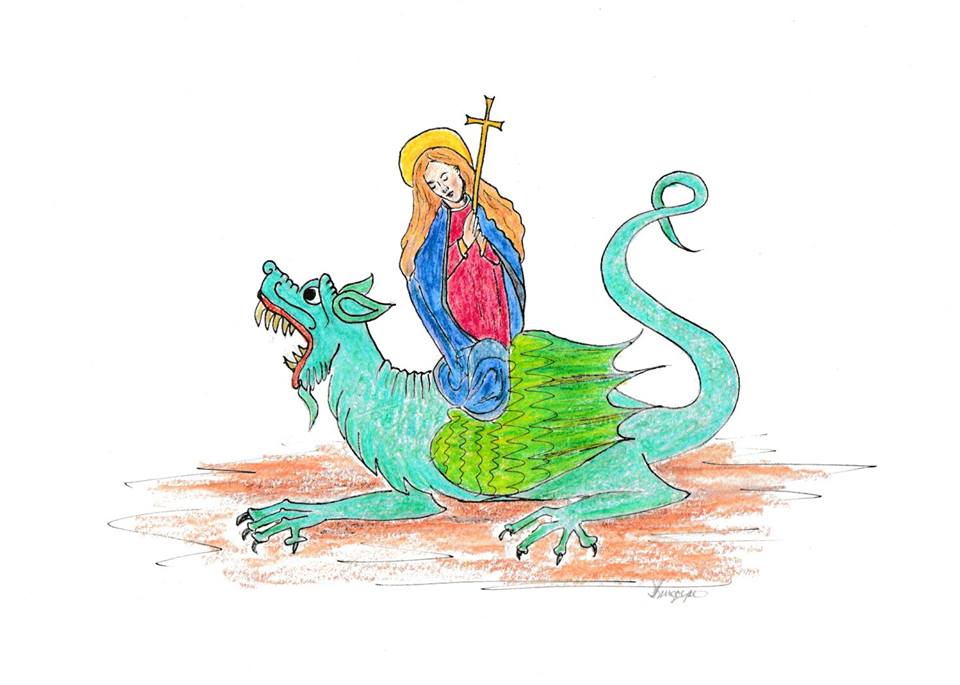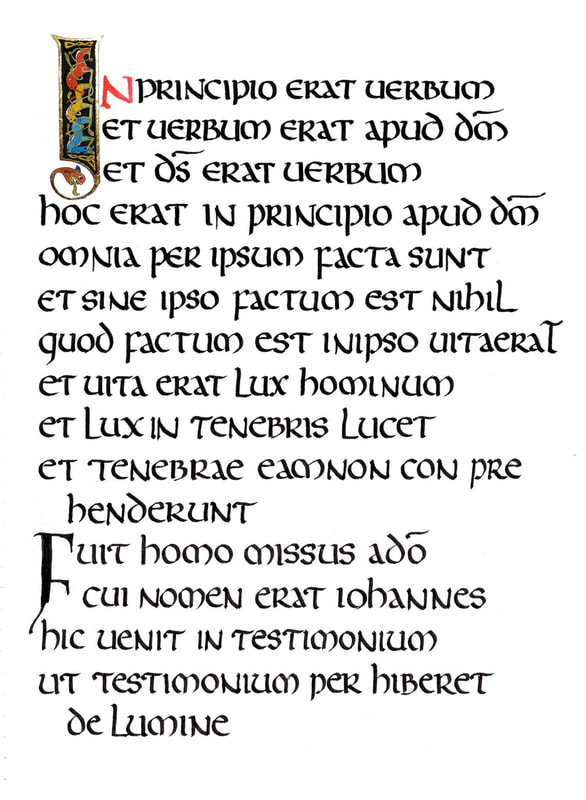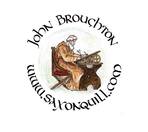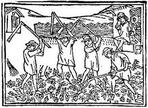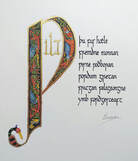THE ANGLO-SAXON SHIELD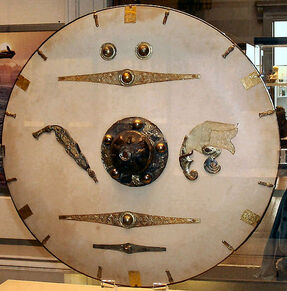 Most warfare in the Anglo-Saxon period was conducted on foot. Often cavalrymen would dismount to join their comrades in the shield wall. As such, the shield was an essential part of their equipment. The modern word shield derives from the Proto-Germanic word skelduz, in turn, from the root word skel- meaning to divide or split, probably from the notion of a flat piece of wood obtained from splitting a log. The Old English word became gescildan, meaning literally board but more liberally translated as protector. The crafting of the shield was an interesting process that developed in complexity over time but basically, the Anglo-Saxons made them without sawing, preferring to work with a sharp axe. Archaeological finds teach us that the most popular wood for the shield was the poplar, most likely chosen owing to its fine grain giving resistance to heavy blows. But it was not the only wood chosen as alder, and willow were also much used, followed by lime and linden. Essentially, Anglo-Saxon shields comprised a circular piece of wood constructed from planks which had been glued together; at the centre of the shield, an iron boss was attached. It was common for shields to be covered in leather, so as to hold the planks together, and they were often decorated with fittings of bronze or iron. In detail, the selected wood has a good balance of toughness to weight and a close grain that made them resistant to splitting. The shield was made up of 3 equal width planks with a total diameter of around 72cm. The planks were glued together before the wood was shaped; the edges were simply butted together and joined using animal-bone glue, stag glue was popular. Planks 50mm thick were used and a convex board formed by hollowing out the centre and thinning the edges. The resulting board varies in thickness across the diameter between approximately 10-15mm, being thickest at the rim and thinnest near the centre. The entire thickness of the planks was used; hence, the front surface curves by 35mm over the radius. This is a relatively shallow curve, though still noticeable to the eye and sufficient to change the physical properties of the board. [Dickinson T. and Härke H. 1992, 1]. The shaping of the wood was undertaken using chisels and would have taken as long as 40 hours for a less experienced craftsman. The curvature of the board was an ingenious expedient, increasing the shield strength but not its weight. The final weight of the shield would have been around 9 lbs (4kg). The robust convex board made of planks simply glued together without dowelling or rebates was not reinforced by batons. This can be explained technically because the glued joint curves along its length so that any torque applied to the joint is balanced by the compression of the wood at either end of the joint.Planks would be formed by splitting a tree either once into half-rounds or several times radially to form segments and then reducing the excess to form planks using axes [Goodburn, 2001, 2]. The next stage in construction consisted in covering the board in leather. The curvature of the board requires the leather to be cut into panels. Five panels were used, each a curved sided triangle. They were laid on the board so that they overlapped, marked up, cut to size and then stitched together using linen thread. The ensuing cover fitted the board easily and was attached using animal glue. The edge of the cover was nailed in place, and the rim of the shield strengthened with a rawhide rim but some richer shields were refined here with a copper band. The rawhide was soaked to make it flexible and secured by stitching to the board through pre-drilled holes using a leather thong. The basic shield was finished by attaching a short iron flanged grip enclosing a wooden handle and an iron ridged boss. The boss became larger and more practical for offence as time passed. As with all aspects of the Anglo-Saxon warrior culture, the status of the owner was reflected in the decoration or ornamentation of the shield. Archaeology has unveiled some interesting cast elements such as a winged dragon, heads and legs of birds. All of the decorative elements on the Sutton Hoo shield are either cast from moulds and tool finished or stamped with dies into thin gold or bronze foil. The bird is a combination of both techniques. Both techniques also include additional punched decoration. On this same shield is mounted a large boss made of gilt-bronze iron. Evenly spaced around the flange of the boss are five ornamental rivet-heads. These rivets attach the boss to the shield board. The metal rim of the shield is decorated with twelve evenly spaced cast animal heads (of two types) facing inwards and interspersed with rectangles of gold foil stamped with at least two different zoomorphic designs. The animal heads and foil are attached to the rim by fluted clips and rivets. There are many scholarly works detailing and explaining the decorative work on the shield for those who re interested. I refer just to the reconstructed image of the Sutton Hoo decoration. I’ll stop here, because I only wish to make a small explanatory contribution since shields feature heavily in my novels. References
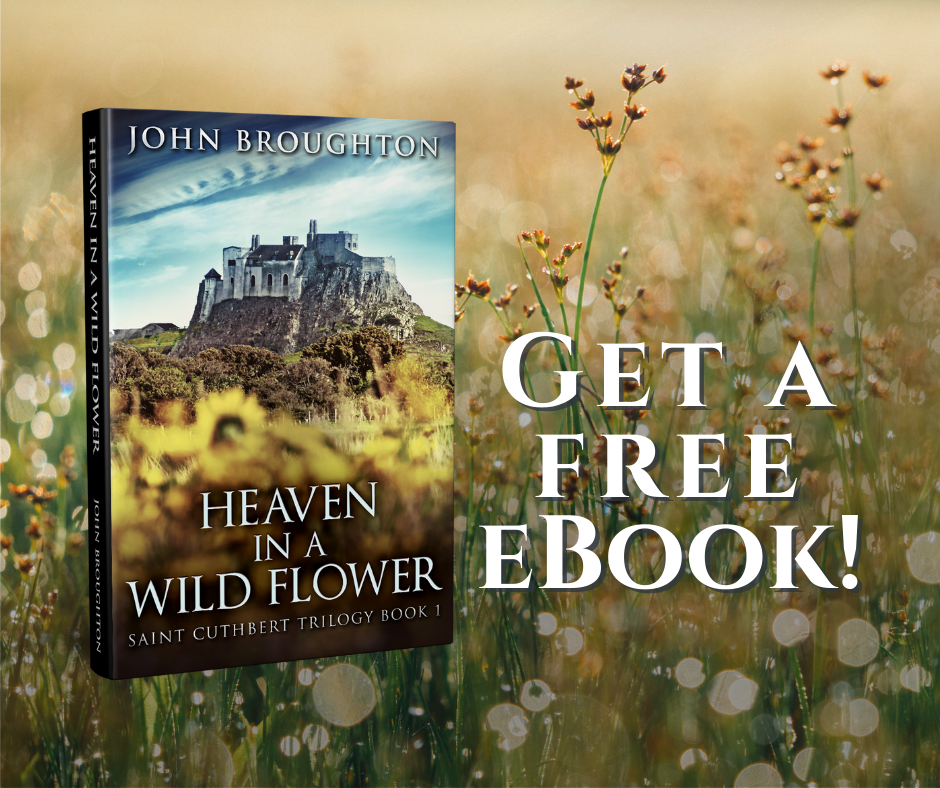 Get a free eBook!Join my newsletter & receive a free digital copy of Heaven in a Wildflower, book 1 of my St. Cuthbert Trilogy, as well as monthly news, insights, historical facts, & exclusive content delivered straight to your inbox! Thank you!You have successfully joined my mailing list!
2 Comments
10/9/2020 11:50:26 am
I like it when folks come together and share ideas. Great website, keep it up!
Reply
Leave a Reply. |
To buy your copy of Rhodri's Furies click the link below:
https://www.amazon.co.uk/Rhodris-Furies-Ninth-century-Resistance-incursions-ebook/dp/B0BPX9C2D3/ |
